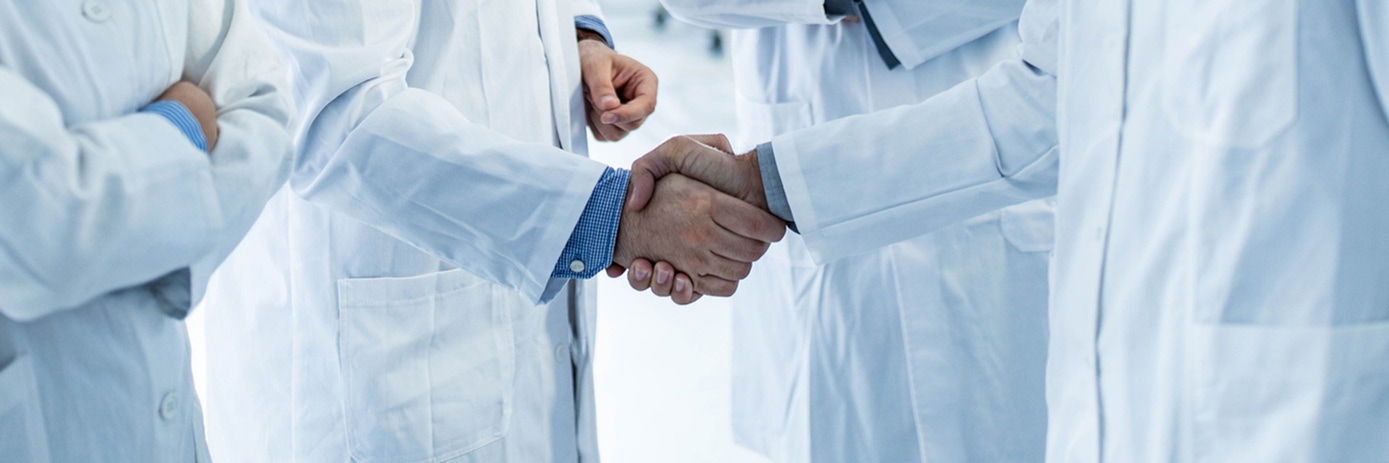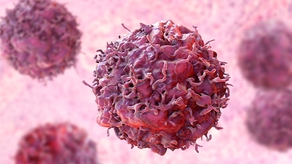At Revvity, we’re driven by a simple but transformative idea: models that more accurately represent human physiology can significantly improve therapeutic development outcomes. While traditional two-dimensional cell cultures and animal models have long been staples of drug development, they often fall short in capturing the complexity of human biology.
Organoid and microphysiological system (MPS) technologies are now enabling researchers to develop more physiologically relevant models for studying disease mechanisms, evaluating safety profiles, and identifying promising drug candidates. By mimicking real human tissue architecture and function, these advanced 3D biological models bring scientists closer than ever to predicting how a therapy might perform in the human body.
What makes organoid and MPS research so powerful
Organoids are miniature, self-organizing 3D tissue models that can replicate key structural and functional aspects of human organs. When combined with microphysiological systems—engineered environments that simulate physiological conditions such as circulation, flow, and cell-cell signaling—they enable researchers to model disease and treatment response with enhanced biological relevance.
These systems provide more human-relevant data compared to traditional models, supporting diverse applications across drug discovery, toxicology assessment, immunological research, oncology investigations, and regenerative medicine approaches. The potential benefits include improved predictive capacity, reduced reliance on animal testing, and accelerated therapeutic innovation.
Revvity and AIM Biotech: advancing integrated 3D biology workflows
Revvity is collaborating with AIM Biotech, a recognized innovator in organoid and MPS technologies, to enhance accessibility and scalability of these platforms for scientists worldwide. The partnership integrates Revvity’s capabilities in imaging, detection, and analytical technologies with AIM Biotech’s advanced 3D biology platforms, including the widely adopted idenTx and organiX systems.
The collaboration focuses on developing comprehensive workflows that unify sample preparation, imaging protocols, and data analysis methodologies, allowing researchers to extract more meaningful information from these complex biological models. “By combining our imaging and analysis capabilities with AIM Biotech’s organoid technologies, we’re creating solutions that help accelerate the development of safer, more effective therapeutics,” says Kevin Quick, PhD, VP of Platforms at Revvity.
Translating complex data into actionable discovery
The collaboration emphasizes the development of standardized protocols and analytical tools designed to improve consistency and reproducibility in organoid and MPS research. By integrating Revvity’s high-content imaging systems, multiplexed detection reagents, and data analysis software, scientists can better visualize cellular dynamics, quantify biological responses, and make informed decisions more efficiently.
These unified systems are currently being applied to model tumor-immune interactions, evaluate drug efficacy, and investigate mechanisms of toxicity within physiologically relevant 3D environments that aim to better represent human tissue biology.
Empowering the future of predictive biology
The convergence of organoid and MPS technology with sophisticated detection and analytical tools represents a significant development in life sciences research. Through this collaboration, Revvity and AIM Biotech are helping bridge the gap between bench research and translational applications, helping scientists develop more targeted and effective therapeutic approaches.
At Revvity, we remain committed to equipping researchers with the next generation of tools designed to enhance biological understanding and accelerate discoveries that improve human health.
Explore how Revvity’s technologies support 3D biology, imaging, and analytical workflows.
For Research Use Only. Not for use in diagnostic procedures.


































